
Sumida River Fireworks Festival
Summer is the time of going to the beach, eating ice cream, and enjoying warm nights with extra daylight. In Japan, and many parts of the world, the middle of Summer is also marked with various firework displays. Tokyo’s Sumida River Fireworks Festival happens to be Japan’s largest, or most attended fireworks show, drawing close to a million spectators.

Himeji Castle
Himeji castle is Japan’s largest fuedal keep, the main fixture in the town of the same name a little west of Kobe. It is distinctly white, and while other castles might feature some ornate gold or copper trimmings, Himeji’s size is what sets it apart. It is also perched on one of the few hilltops in the city, making it viewable from afar and welcoming travelers right out of the station gates.

48 Hours in Kobe
The port of Kobe may be best known for it’s greatest export, Kobe beef, but there is so much more to this city than just happy cows. A metropolis nestled between the sea and the mountains a little ways West of Osaka, it proved to be much more approachable than many of Japan’s other big cities. Even in just a weekend I came away very impressed, and glad to have put it on my list.
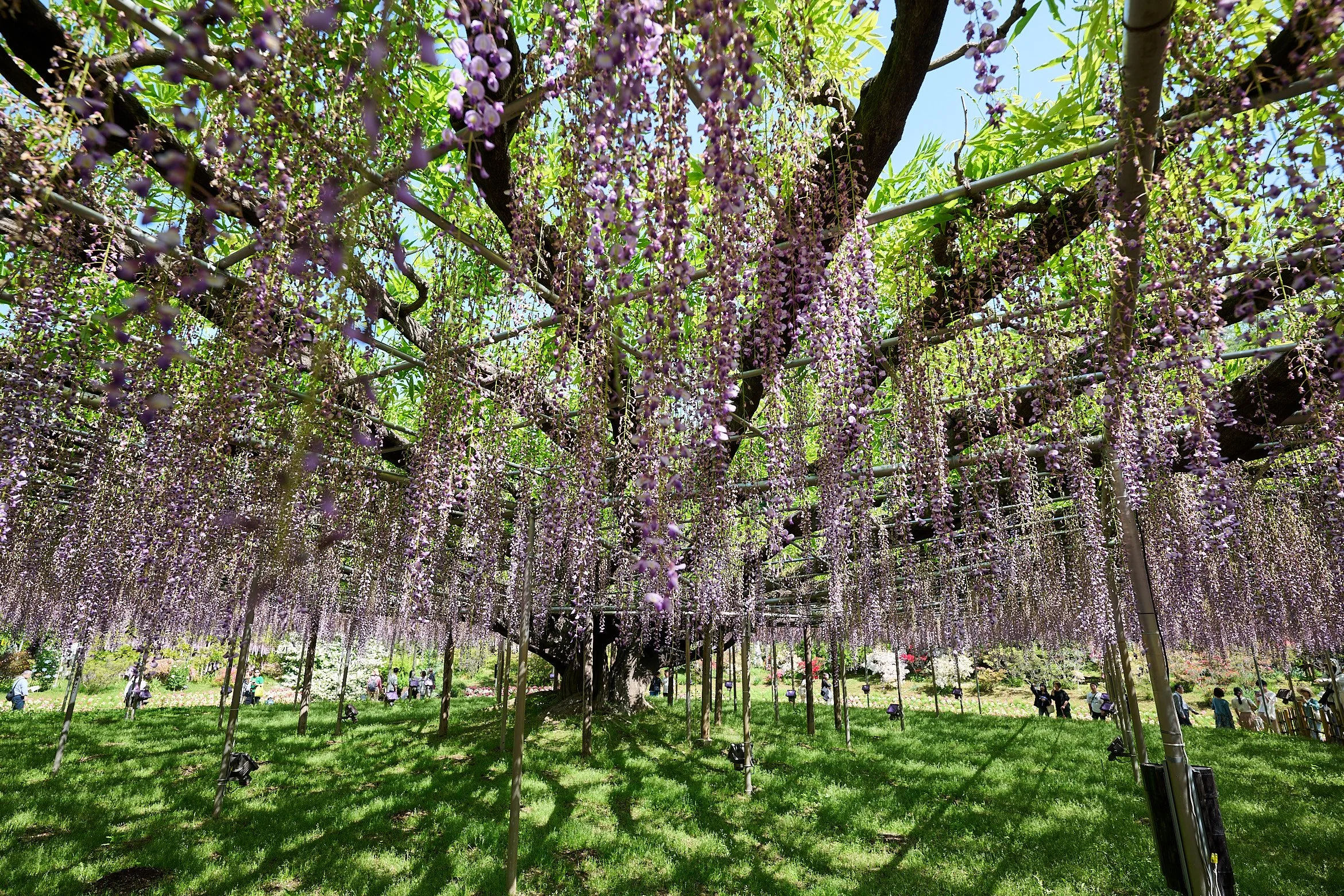
Wisteria at Ashikaga Flower Park
Search out the top places to visit in Japan, and you’ll often find Ashikaga Flower Park on the list. For about one month each year, this park blooms with some of Japan’s most spectacular wisteria, a hanging flower that comes in various colors, most famously a violet pink. I had seen some wisteria in smaller parks before, but nothing that came close to this, each tree stunningly curated.
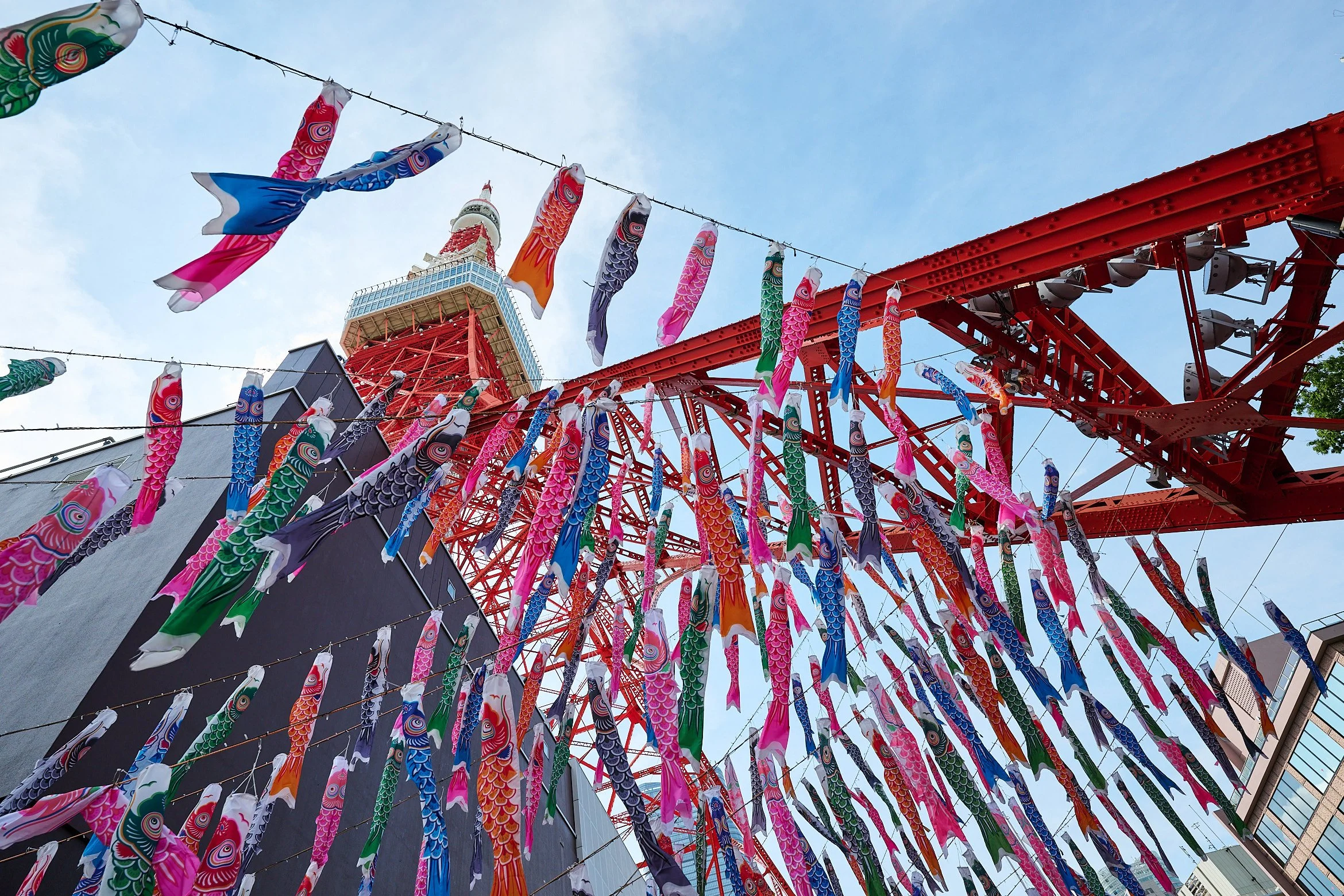
Koinobori Under Tokyo Tower
Koinobori, or carp streamers, are hung each year at the beginning of May, leading up to Children’s Day, the final holiday on the Monday after Golden Week. They are a symbol of strength and perseverance, able to withstand the wind, but also act as a decoration of the season. Add in the backdrop of the iconic Tokyo Tower, and you’ve got something special.

Cherry Blossoms in Odawara
Japan’s cherry blossom trees, also known as sakura, tend to bloom right around the beginning of April each year. This makes for a tourist rush as everyone, from locals to international visitors, try to catch the magical time before it fades. Finding places that are off the beaten path in smaller cities can make the season much more manageable. Odawara is just such a place.

Tian Tan Buddha
Religious sites often have an air of history. They evoke a period when monuments were constructed to honor Gods, rather than to glorify capitalism. Yet, Hong Kong and its surrounding islands are actually quite young. This Big Buddha, perched on a hill beside scenic Ngong Ping Village, was only constructed from 1990 to 1993, making it a much more contemporary destination.

Hong Kong’s Skyline
New York, Chicago, London, all major metropolitan cities that spring to mind when you think of iconic skyscraper silhouettes. Hong Kong also deserves to be a part of that list, making its mark with Hollywood glory in films like The Dark Knight. For a traveler looking to experience this in person, Hong Kong provides an abundance of photogenic lookout points to take in the view.

Ruins of St. Paul’s, Macau
Although Macau may now be known for its casinos and luxury shopping, the old town pays homage to its Portuguese roots. This historic facade known as the Ruins of St. Paul’s was once one of the largest Catholic churches in Asia. It now sits restored and preserved in the center of this modern city, a relic of a time when Christianity was still expanding to new territory.
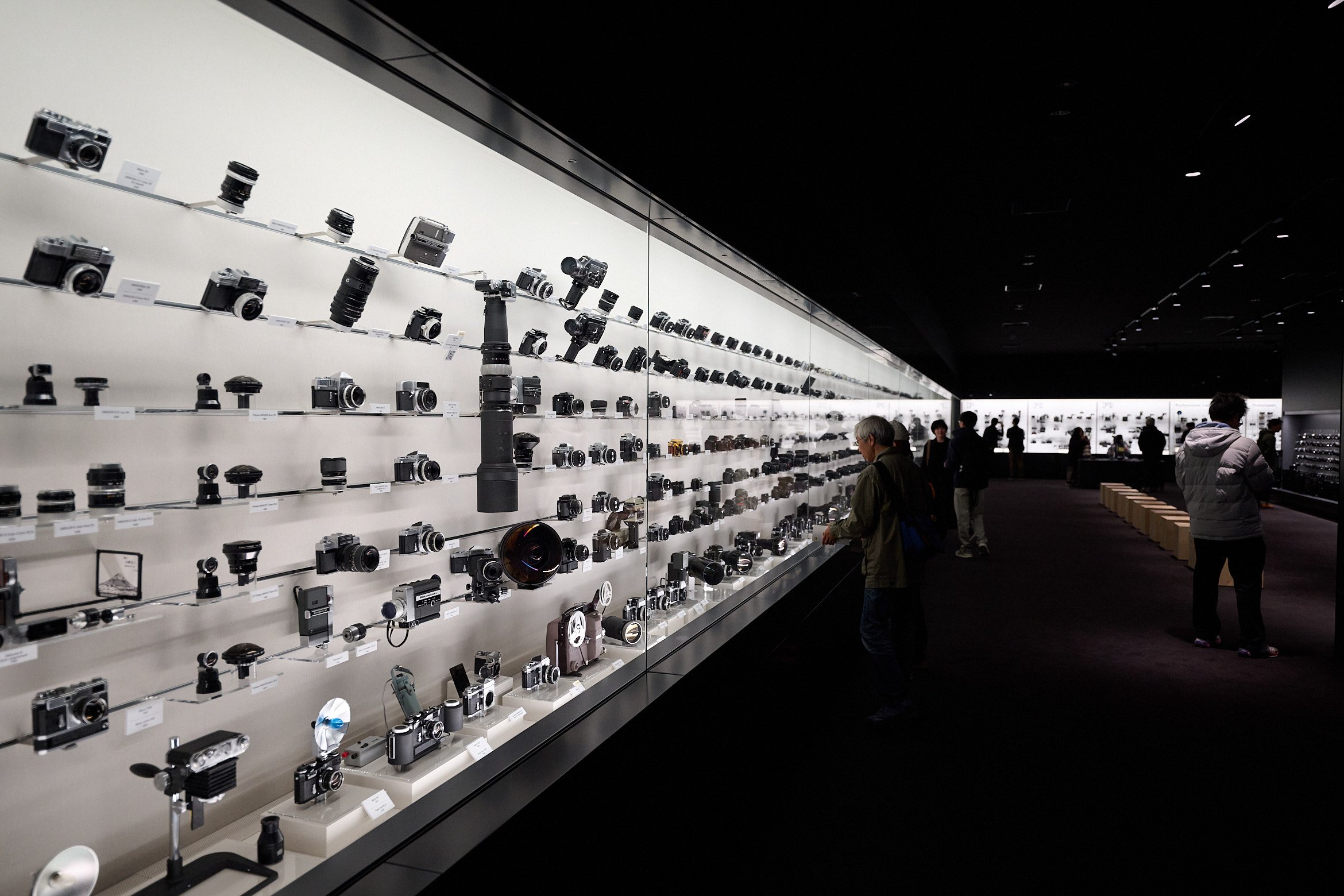
Nikon HQ Museum
Having recently become a Nikon user earlier in 2024, I felt it was only natural to pay a visit to Nikon’s newly opened headquarters and museum. Although I did not own a Nikon camera growing up, I have always had great respect for their technology and craftsmanship. Seeing their lineage first hand was pretty cool, and shows how far things have evolved over more than 100 years.
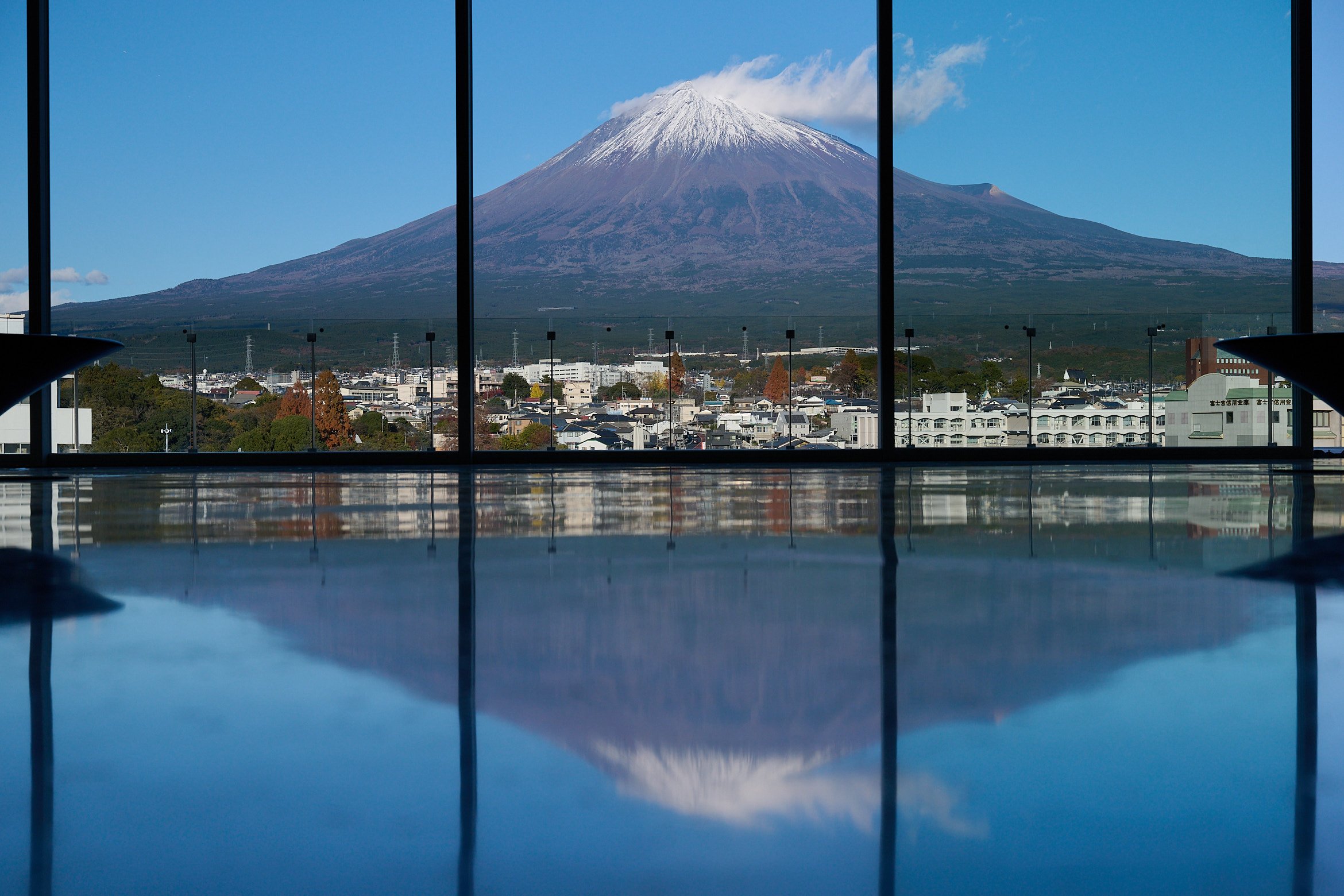
Mt. Fuji World Heritage Centre
Making a site dedicated to the history and lore of Mt. Fuji would be enough in itself. Yet, the architects of this World Heritage Centre decided to go a step further. The building happens to be a beautiful, modern masterpiece, paying tribute to the adjacent mountain while also providing an excellent viewing platform, unobstructed by skyscrapers or crowds.
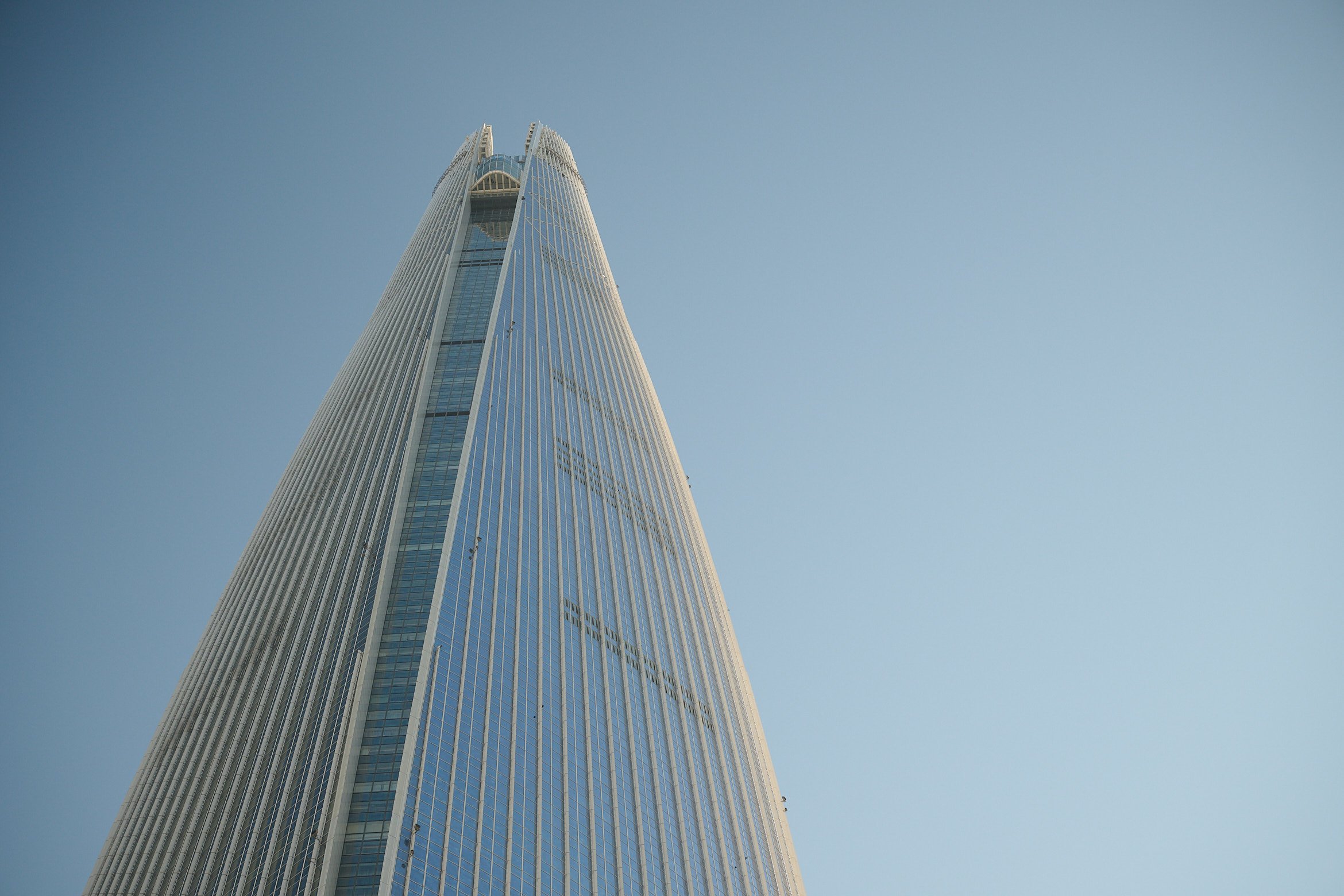
Lotte World Tower
Another trip, another tower with an observation deck. Seoul is a vast city spread across more than 600 square kilometers (or 234 square miles for us Americans) so naturally a view from above felt like a great way to get my bearings. Lotte’s jewel, which would easily fit in among Dubai’s modern skyline, looks oval in nature at the base, but tapers to a circle at the top.
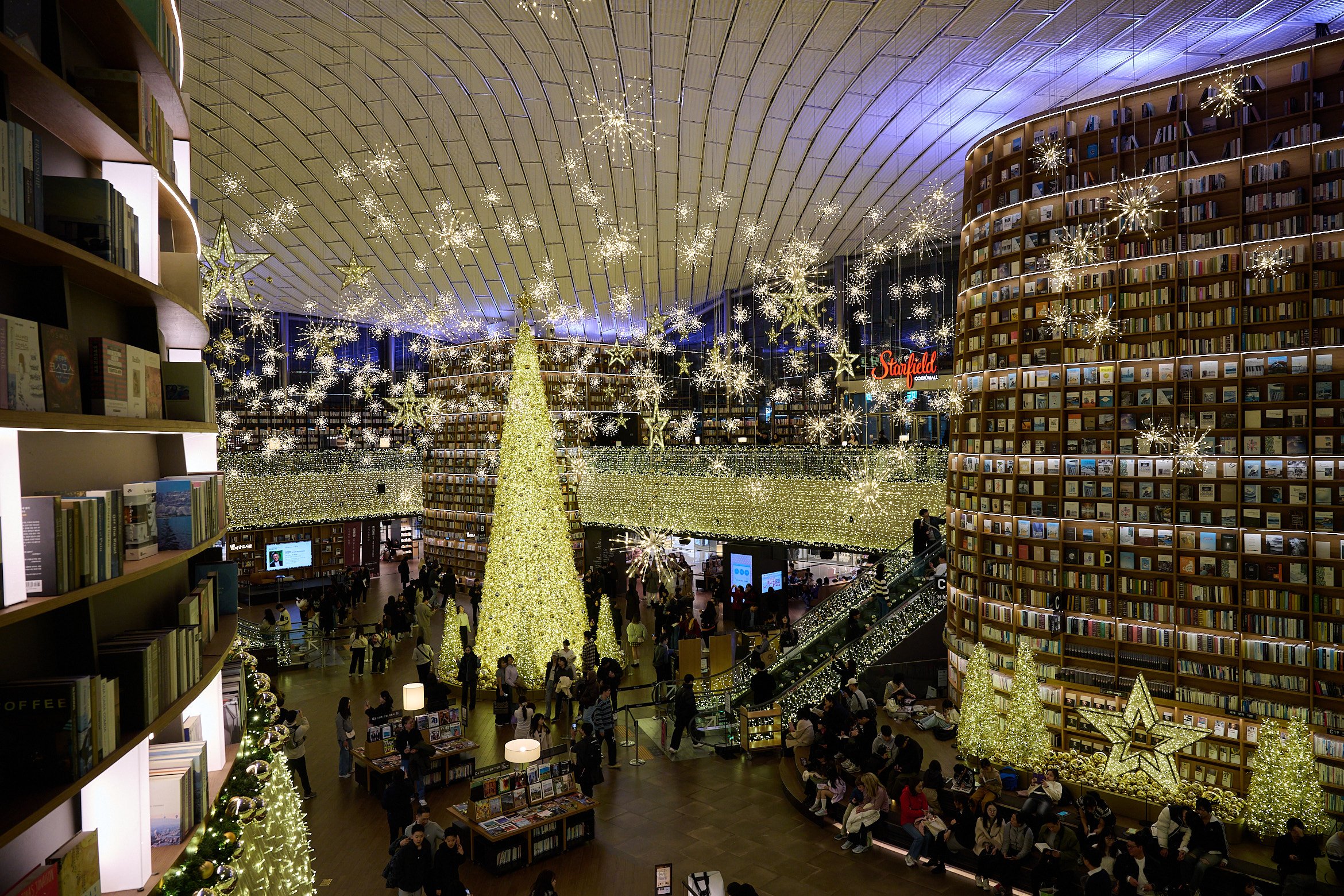
Seoul’s Starfield Library
As you may be able to tell from the content here, I’m a big fan of seeing form and function coming together. Reading is fundamental, and having books displayed as the centerpiece of their own artistic space was inspiring in many ways. Mix in a touch of holiday spirit, and you’ve got a recipe that will bring in the masses.
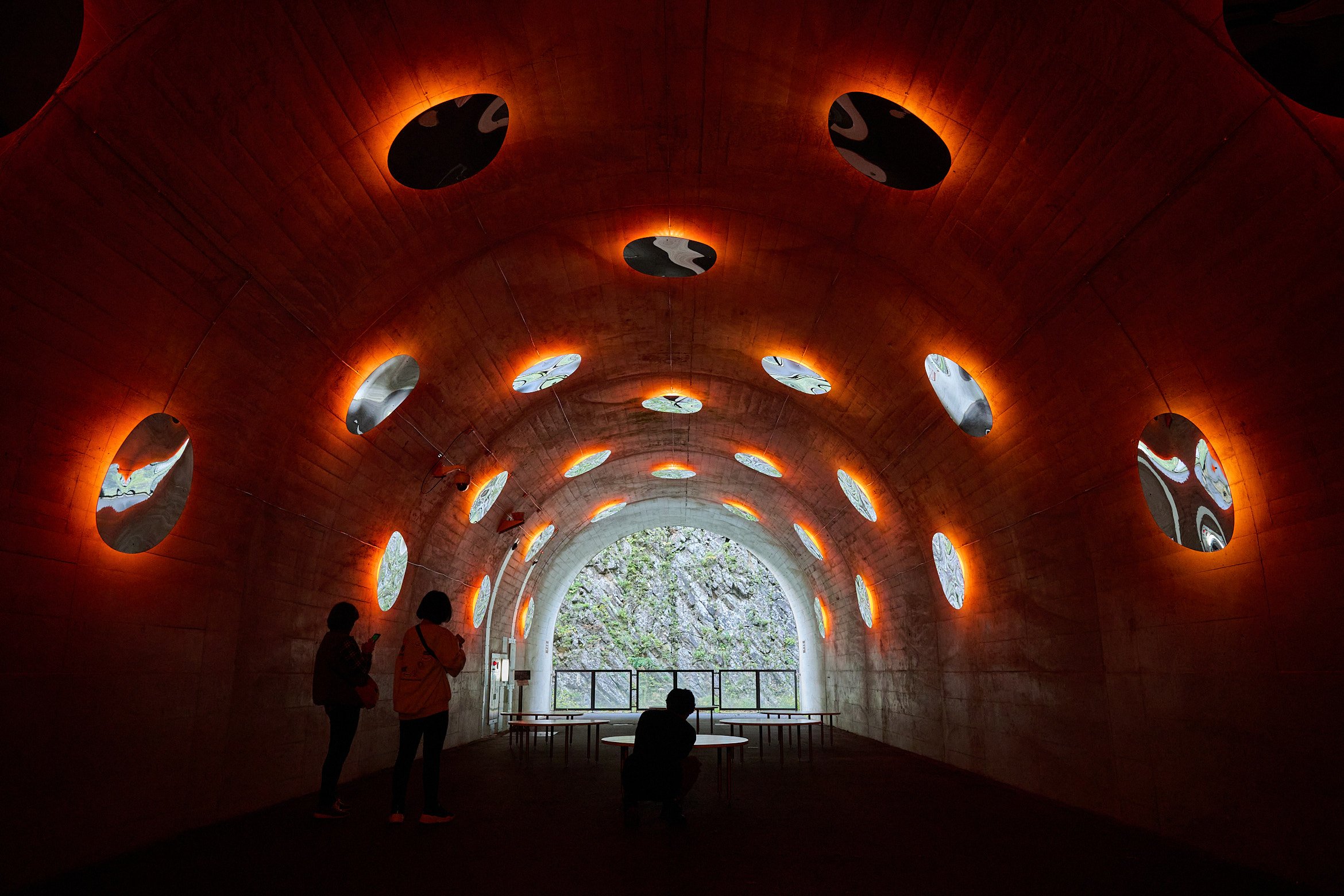
Kiyotsu Gorge and Tunnel of Light
Waterfalls, valleys, mountain ranges and rock formations are all natural points of beauty. By themselves they are worth visiting and appreciating. However, when you add modern art to the picture, the attraction’s value goes up exponentially. Kiyotsu Gorge’s tunnel was renovated in 2018, with four decorative installations throughout that interact with, or complement the landscape.
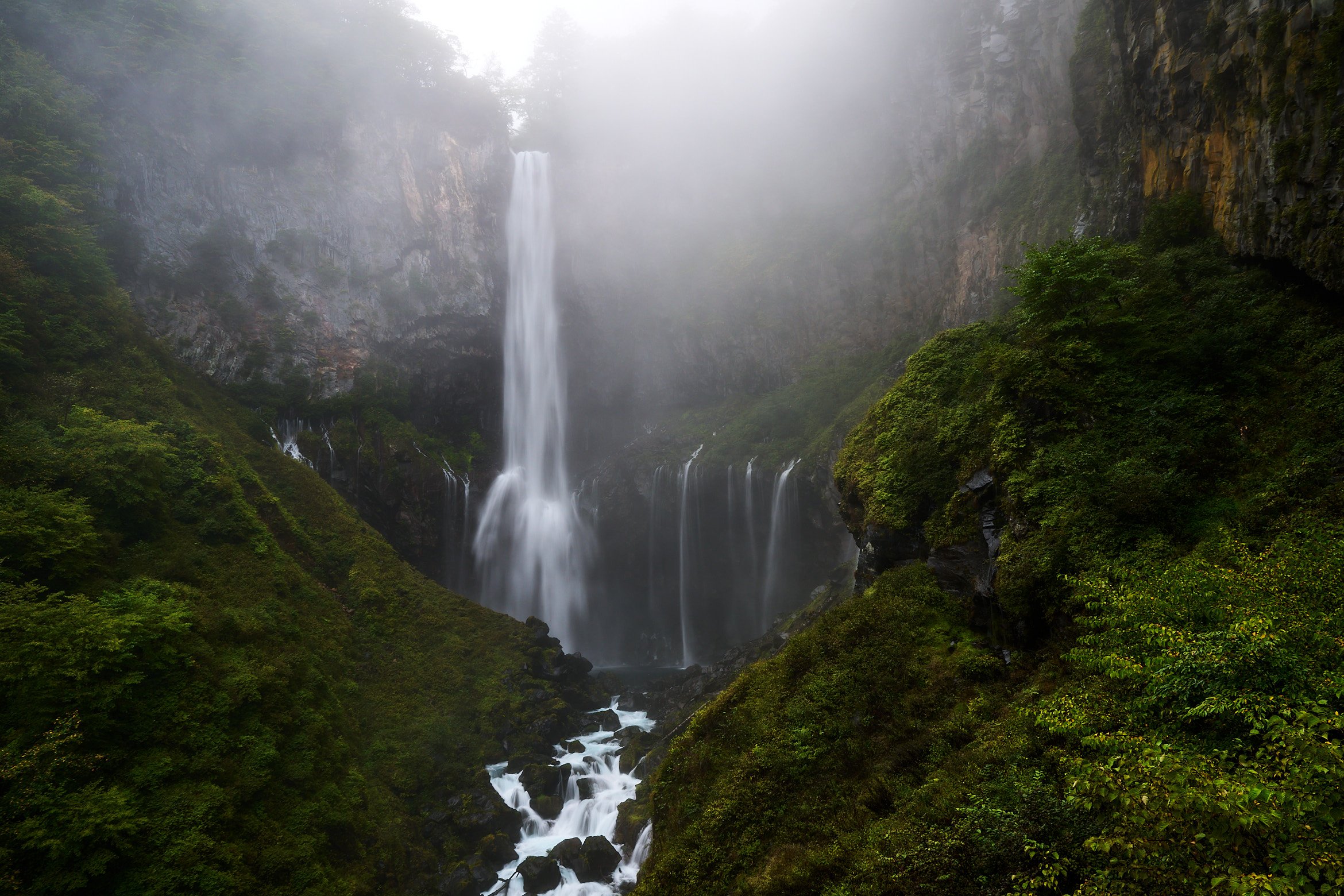
Nikko’s Kegon Waterfalls
From the parking lot at the top, the view of the falls was totally obstructed by the haze of humid, rainy air. However, I trusted the process of this journey. An elevator ride down and a short tunnel walk later, and the real majesty of this scenic location came into focus. The true lower viewing point was lush, with cliff walls made up of beautiful rock formations, well worth the trip to experience one of Nikko’s main attractions.
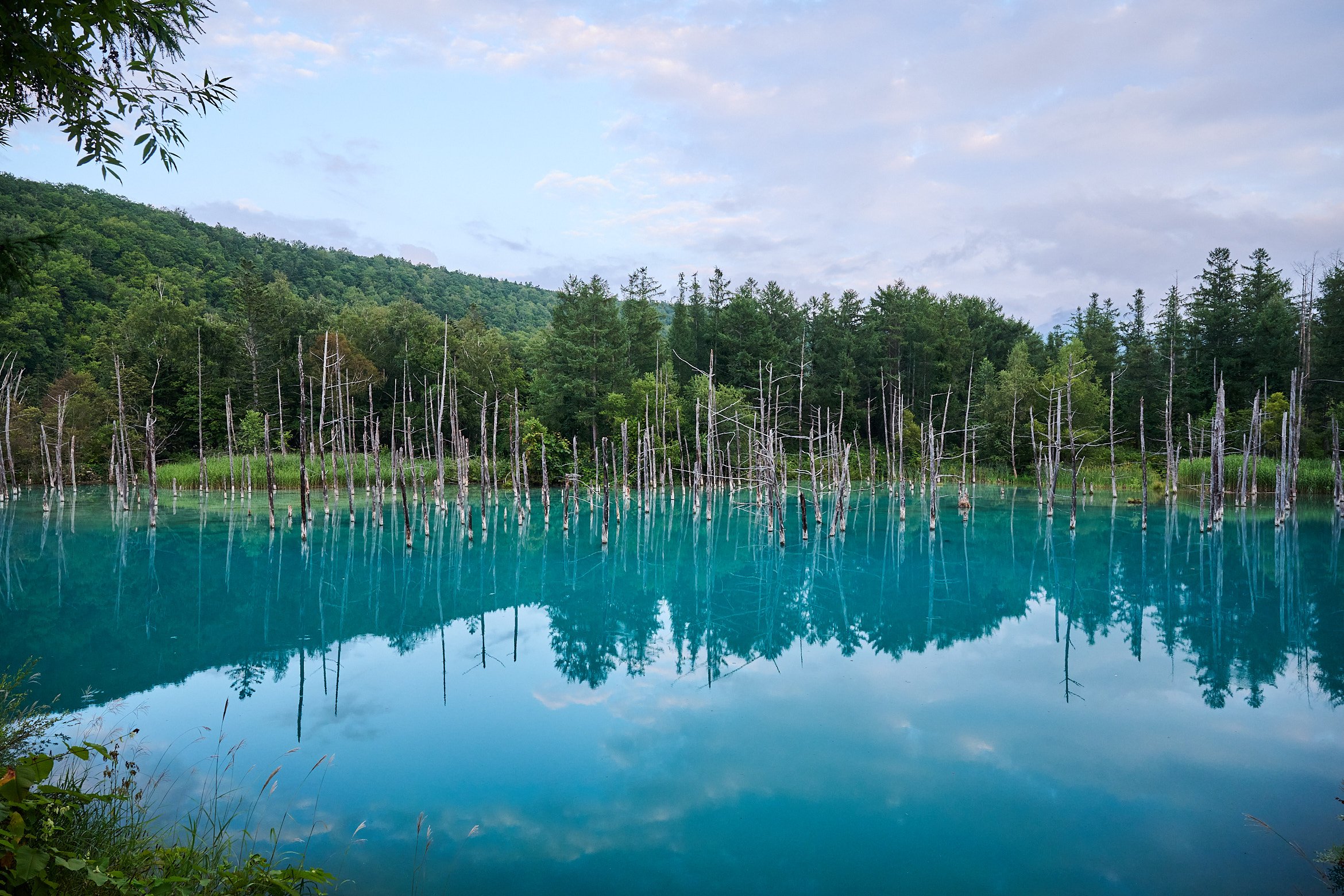
Biei Shirogane Blue Pond
Another one of Japan’s mysteries formed in or around a hot spring town, the Blue Pond’s water contains sulfur and aluminum from the rivers that feed it. Yet, what makes it blue isn’t the minerals themselves, it is the way the light refracts against those minerals and our eye catches the color. This difference between the human eye, and a camera’s sensor was fascinating.
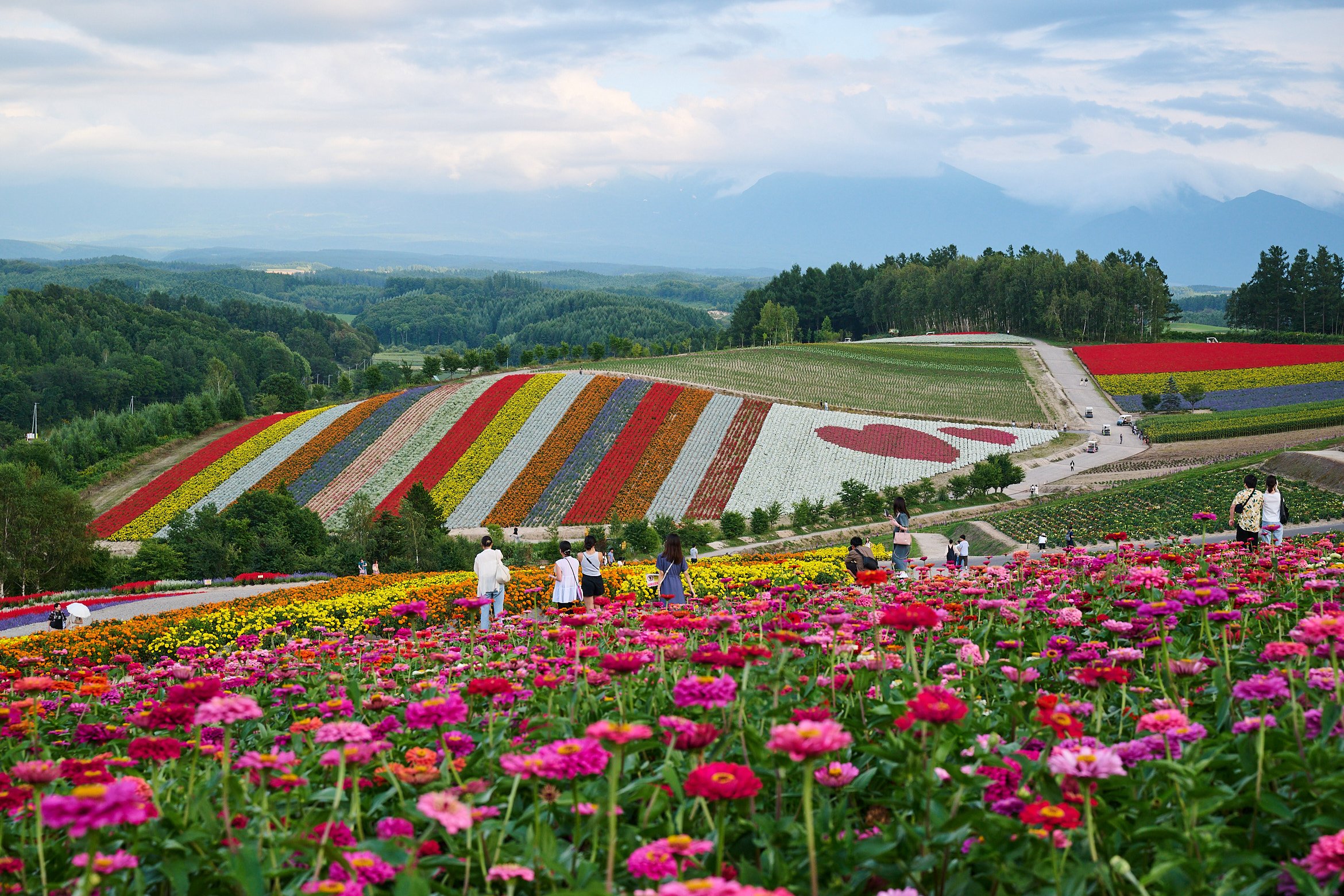
Shikisai-no-oka Flower Gardens
Sometimes ‘for the gram’ isn’t so bad. The flower parks that have been meticulously planted and cultivated in otherwise remote parts of Hokkaido don’t have to exist. They are a different type of tourist destination - not one of culture, or history, or of the Earth’s own making. Human hands arranged these fields, and the result is still absolutely gorgeous.
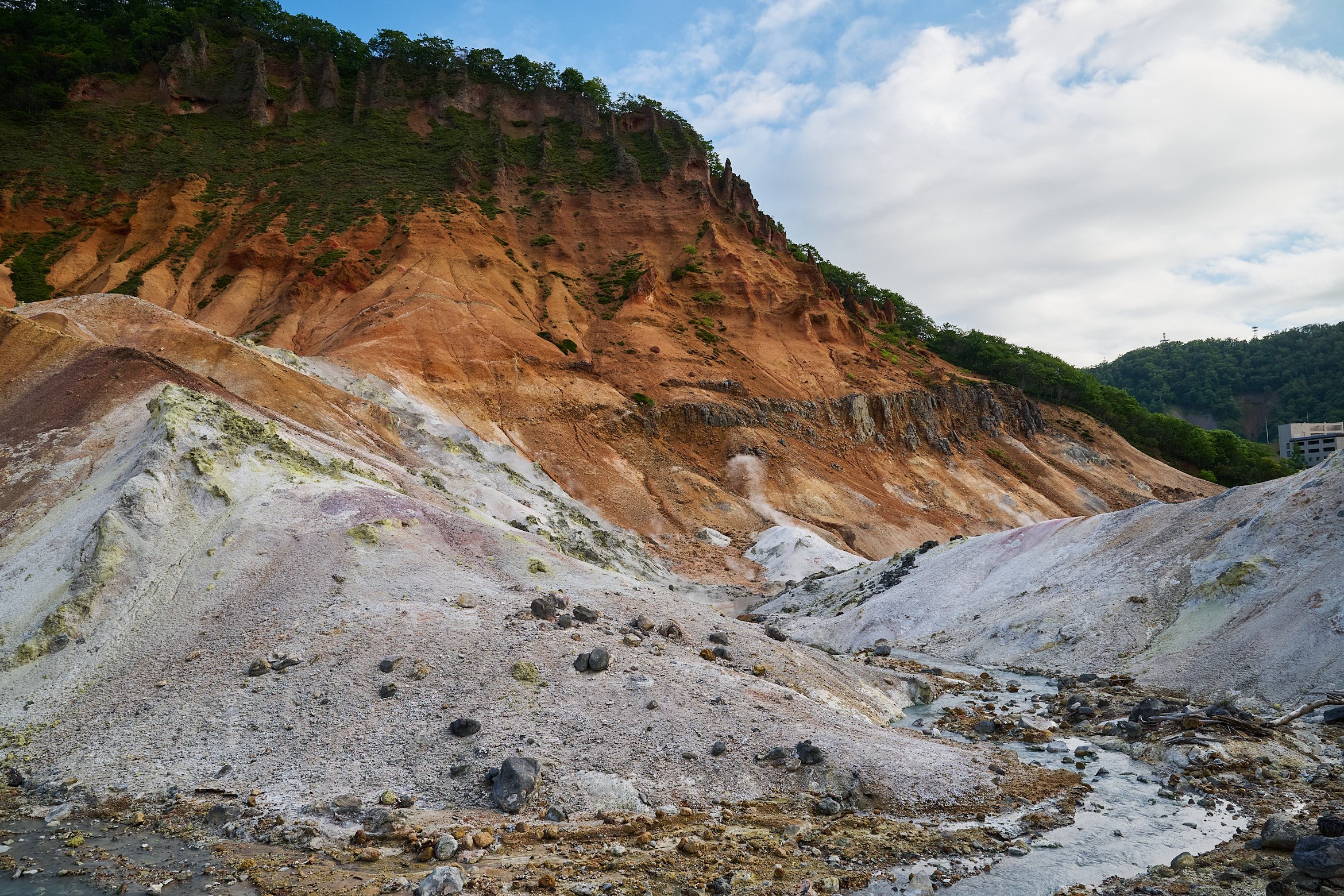
Noboribetsu Jigokudani Valley
Otherworldly is the best term to describe the Noboribetsu Jigokudani Valley, otherwise known as “Hell Valley.” The hillside walls look straight out of the Martian landscape, while the valley floor is a mixture of turbulent steam, sulfur, and other pale or charred rocks. This site is preserved, a spiritual feeder for the surrounding villages’ hot spring baths.
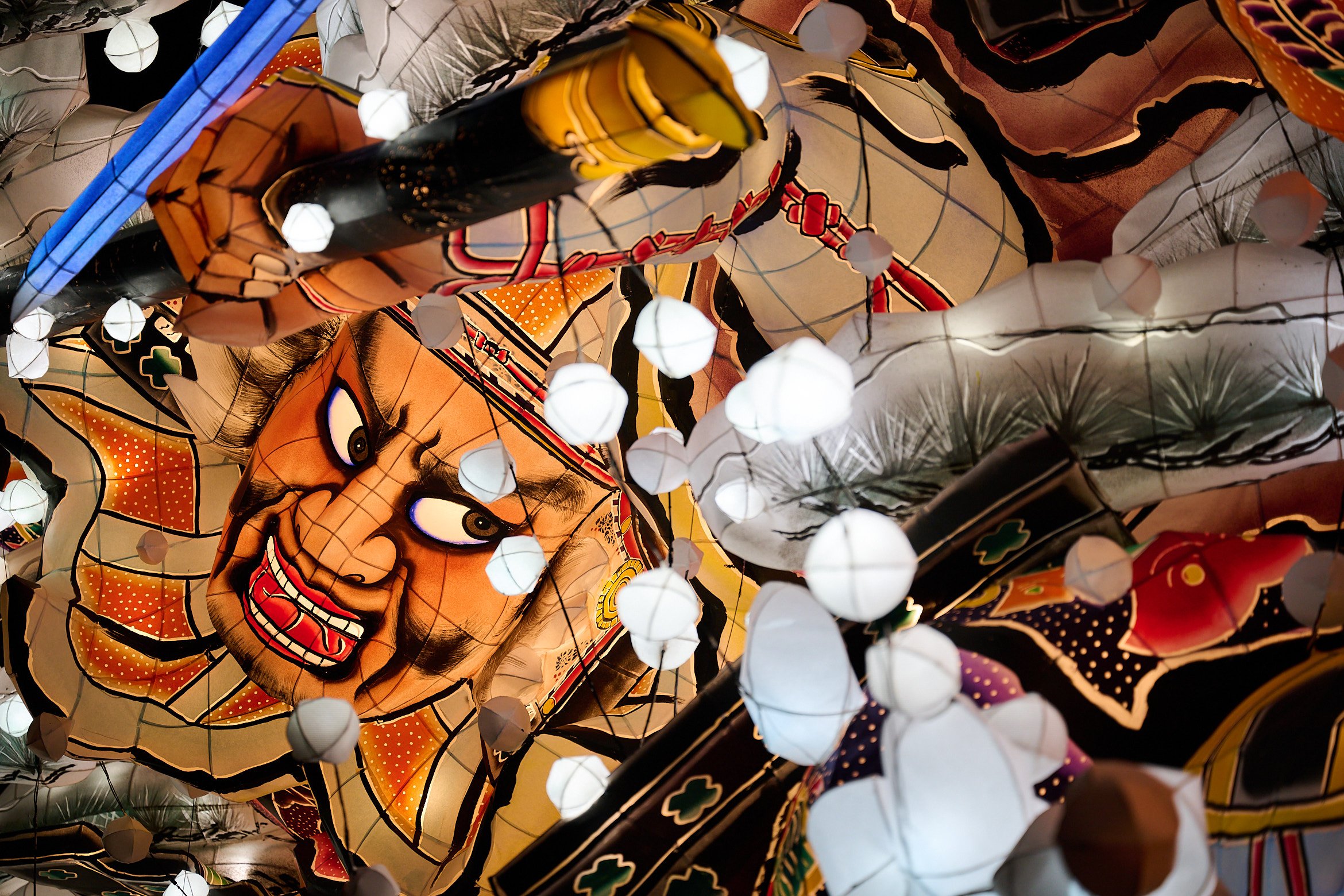
Nebuta Festival Museum
There are parade floats, and then there are Japanese parade floats. Held annually at the beginning of August, Aomori’s Nebuta Matsuri is a grand celebration of myths and legends. What if you aren’t able to be there for the festival itself though? Aomori has you covered with a museum dedicated to showcasing the wonderful works of art that are emblematic of the city’s culture.
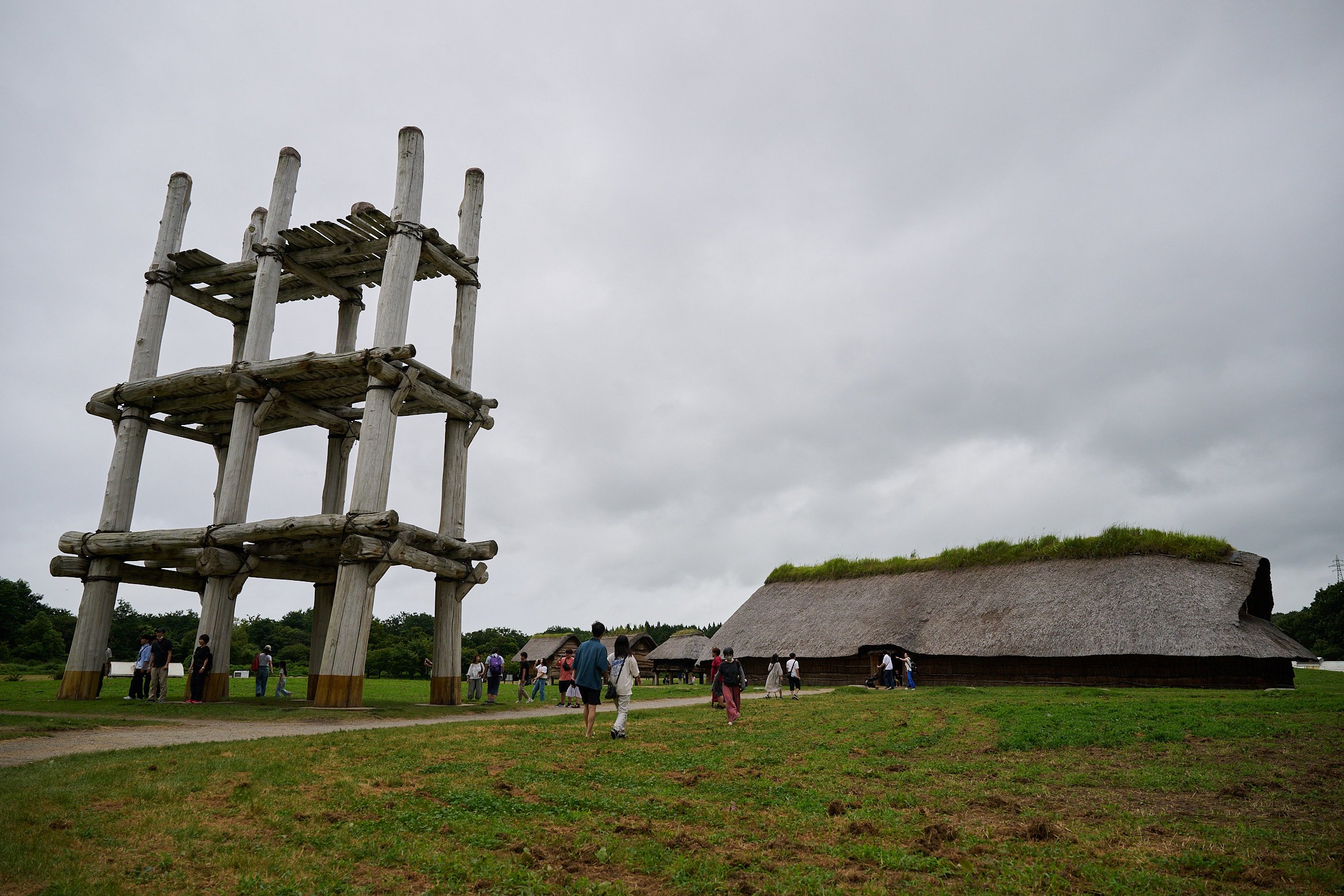
Aomori’s Jomon Site
While the official name for this archeological find is the San'nai-Maruyama iseki Special Historical Site, the significance of it comes from its age. This particular site is dated to around 3,900 to 2,900 BC. Yeah, that’s 5,000 years ago! It is the largest such site to be discovered in Japan, a glimpse into a different kind of human civilization.
